25 Fascinating Tea Etiquette Rules You Need to Know
TEATIME NOTES
Find tips, recipes, and articles to increase your delight and enjoyment of tea.
25 Fascinating Tea Etiquette Rules You Need to Know
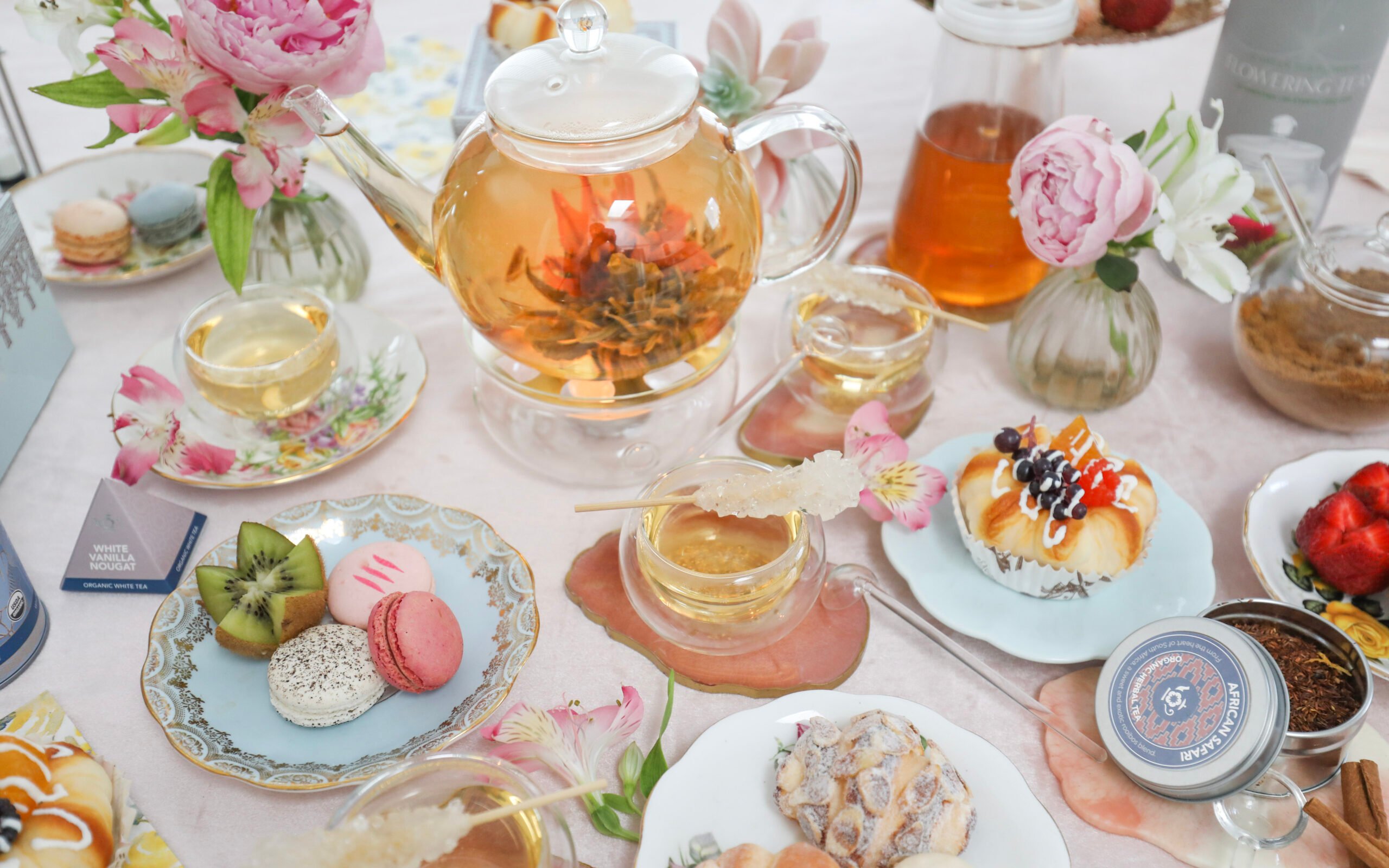
How to Enjoy Tea in the Best and Most Proper Way
When you think of teatime, do you also think of good manners? It seems fitting for you to dress up, and act fancy and proper while you have afternoon tea the British way.
In America, the etiquette of afternoon tea is not widely known. You might see people poking fun at the fanciness of afternoon tea. They dunk their scones, swirl their tea with their teaspoons, and put their pinkies up so they can pretend to act extra fancy — but this is improper etiquette, and might be considered impolite.
If you ever have a chance to enjoy tea with the Royals in Britain, you might want to polish up your table manners. Here are 25 tea etiquette rules you should practice when having afternoon tea the British way.
- Pinky’s Up? Absolutely Not!
Never ever put your pinky up while you hold your teacup. While this is considered a fancy habit for some drinks, it is not appropriate while you are having afternoon tea. Why? — you might come across as an elitist.
It comes from a common misconception that stemmed from back in the day — that common folk ate with all five fingers and high-class people ate delicate food with only three fingers or so. Keep those pinkies down, for goodness sake.
- Home of Your Teacup Handle
British tea cups have handles, and those handles have a proper place. Your teacup handle should always sit in the 3 o’clock position on your saucer.
- Hold Your Teacup by the Handle
Learning how to hold your teacup properly might take a little practice. Don’t put your finger through the handle of the teacup. Many teacup handles are incredibly small, and a lot of Americans find it quite difficult to slip their fingers through the impossibly little handles. But, teacups were never meant to be held in this manner.
To hold your teacup, place your index and middle fingers on the back side of the handle and put your thumb over the front side. Your fingers and thumb may meet each other through the tea handle, but you will want to keep your fingers from curling through the handle itself. Support your teacup with your ring and pinky fingers — and remember to keep that pinky down.
- Don’t Cradle Your Cup
When you bring your teacup up to your lips to have a sip, do not cradle your teacup with your hands. You should hold your teacup by the handle and nothing else. This is a very different practice compared to the tea manners in the Eastern world — where teacups have no handles and cradling your cup is short of ceremonious.
- Adding Milk to Your Tea
Some people will make a fuss and insist that milk be added to your teacup before you pour your tea — but the truth is, you don’t need to. Teaware used to be fussy, cheap, and temperamental. To prevent your cup from cracking or shattering, you would pour your milk into your teacup before adding hot tea — this would temper the milk.
Today, teaware is made with a much higher standard. When you add milk to your tea, your teacup won’t crack. It’s also best to add milk after you pour your tea so you can see how much milk you’re adding.
If you add milk to any kind of tea, make sure it’s black tea. You very rarely want to add milk — or sugar — to white, green, oolong, or herbal teas.
- Please, Don’t Add Cream to Your Tea
Cream is wonderful for your coffee, but it’s horrible for your tea. The heavy fat content and the thickness of the cream are a perfect complement to your hot cup of strong coffee. But, this same heavy cream overpowers the delicate flavor of black tea.
You should only add sugar and milk to black tea and no other kind of tea. When you do add milk, it’s best to add whole milk — why? The fat content in whole milk brings out the natural flavors of black tea and adds an extra layer of deliciousness for your tastebuds to enjoy. Fat-free, one-, and two-percent milk dilutes your tea leaving your tea tasting watered down, weak, and flat.
- Where to Rest Your Tea Spoon
If you’ve added anything to your tea, you will want to mix it with a teaspoon. Once your teaspoon has been used, you should place that spoon on your saucer, behind your teacup — never keep your teaspoon inside your cup. Make sure your teaspoon isn’t resting on your teacup — it should be sitting far enough away on your saucer that it shouldn’t clink or make noise when you pick up your teacup to take a sip.
- How to Stir Your Tea
There is a right and wrong way to stir your tea. If you’ve added milk or sugar to your tea, gently take your teaspoon and move it from the 6 o’clock position to the 12 o’clock position about 3 times or so. This brings us to the next rule —
- Never Swirl Your Tea
When you mix milk and sugar into your tea you should never swirl your tea around. No one wants to watch you make a whirlpool with your tea. You do not want to make noise and clank your teaspoon on your cup either. If you swirl your tea around, you not only risk clinking your spoon against your cup but you also risk scratching the teaware.
- Don’t Put the Silver Spoon in Your Mouth
After you’ve properly stirred your sugar and milk into your tea, never, ever put your teaspoon into your mouth. Your spoon is for stirring, not for tasting or slurping. Once you’ve stirred your tea — from 6 to 12 o’clock — put the teaspoon behind your cup.
- The Role of Your Saucer
If you are sitting and enjoying afternoon tea, your saucer will stay on the table. Never pick up your saucer — only your teacup. If you are at a garden tea or enjoying tea while standing, you should hold your saucer and bring your cup of tea with you as you enjoy chatting with company and friends.
- Pouring and Serving the Tea
Tea should be served by the host — it’s quite improper for tea to be poured by the waitstaff. Friendship has always been at the heart of afternoon tea, and out of respect for your guests, you should offer to pour their cups of tea for them — from friend to friend.
When you fill their cups, make sure to leave room for them to add milk and sugar if they wish. Never fill a teacup all the way to the top — only fill it about three-quarters of the way.
- Slurping, Swishing, and Sipping
Slurping loudly is a common form of respect and manners in many Eastern countries. But, slurping your afternoon tea is not proper or polite at all in Britain. You should take care to make absolutely no sound while you’re eating, drinking, or stirring. Always sip your tea quietly. — and never swish tea around your mouth for any reason.
- Don’t Blow It! Let Your Tea Cool Down
You don’t want to blow on your tea to cool it down. Allow your tea to cool down on its own before you take small sips. You are enjoying a delicate cup of afternoon tea, not a large mug of hot liquid.
- Please, Don’t Call it High Tea
Afternoon tea and high tea are not the same. You might think that the words “high tea” have a nice fancy ring to them, but high tea is not fancy at all.
The word “high” does not come from “high class”, and its history is rooted in the working class. Afternoon tea — on the other hand — is a fancy, proper, and elegant event that is adorned with finger sandwiches, scones, and sweets.
- Organizing Your Tiered Tea Stand
Afternoon tea is made complete with a three-tiered stand — and this has its own set of rules. The bottom tier is for sweets and desserts. The middle tier is for finger sandwiches. The top tier is reserved for warmed scones.
If you put your scones on the top, the rising heat won’t melt your desserts or warm your sandwiches. It was also common practice to keep your scones warm by covering them up with linens on the top tier.
- The Order of Eating
Does it surprise you that there is an order of eating? You will want to start with your savory food and end with your sweets. Eat your sandwiches first, your scones second, and your desserts last.
- Eat with Your Hands
It might seem sloppy to eat with your hands. You believe that eating with silverware is much fancier and much more appropriate for afternoon tea — but this is not correct. Eating with your hands is very polite during afternoon tea. Finger sandwiches and bite-sized treats are made for eating with your hands and don’t require silverware most of the time.
Silverware is provided for soft and squishy cakes and scones that must be spread with jam and cream. Use your fingers for eating, when you are able, and use silverware when it’s necessary.
- Don’t Lick Your Fingers
You will want to eat sandwiches, scones, and most of your afternoon tea goodies with your fingers. But, this can leave your fingers quite messy at times. It’s very bad manners to lick your fingers clean. Instead, use your napkin to clean your fingers in an unobvious and subtle way. Always dab your mouth clean, and never wipe it with your napkin.
- The Proper Place for Your Napkin
Your napkin should stay in your lap. If you must leave the table, set your folded napkin on the left side of your table setting. Don’t put your napkin on your plate and don’t put your napkin on your chair.
- Small Sips and Tiny Bites
Remember to stay as quiet as possible while enjoying afternoon tea. This means you should take small sips and small bites of food. You should never chug your tea or swig your tea back.
You should also take small bites of your treats. Never shove and stuff food into your mouth — and finish your bites before you take another bite.
- How to Eat Your Scone
Never ever cut your scones in half and dollop them with cream and jam. The proper way to eat a scone is to break off small chunks and add cream and jam to each bite.
You should never dip your scone in cream or jam — always use your utensils to spread the toppings otherwise you will get crumbs all over the place and make a mess. You especially don’t want to do this with shared sides of cream and jam.
Be sure to scoop an appropriate amount of scone toppings onto your plate — using the cream and jam utensils that have been provided to you. You should also never use your utensils to scoop these toppings onto your plate.
- Never Dunk Your Scone
Scones were never meant to be dunked. They are not biscotti, they are a much more delicate pastry. Dunking your scone is not only impolite, but it leaves crumbs and mush in the bottom of your teacup which may tempt you to use your teaspoon for things other than gently stirring.
- Dress for the Occasion
Afternoon tea — even in Britain — is a special occasion, and you should dress appropriately. A smart casual dress code is perfect for afternoon tea. And when you dress up it makes the occasion all the more special, memorable, and fun.
- Put Your Phone Away
Never ever put your phone on the tea table. No one wants their restful afternoon tea interrupted by a ringing phone. You should be fully present and enjoy every moment of afternoon tea — this is meant to be a respite from the busy world around you.
Everything You Need for Afternoon Tea
There are few tea suppliers and businesses who go to great lengths to create quality teaware and source tea ethically. Teabloom is one of the rare tea companies that is striving to make that difference and deliver teaware made with sustainable and toxic-free materials.
If you are searching for hand-crafted and beautiful teaware and USDA organic teas Teabloom is your new favorite shop for all things tea. Explore durable, gorgeous teapots, tea cups, and more at Teabloom, today.

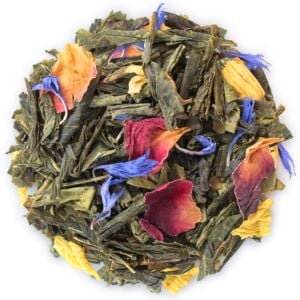

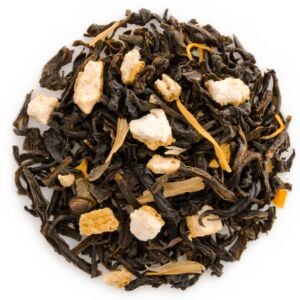
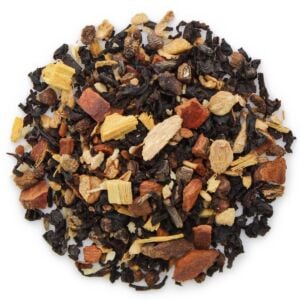
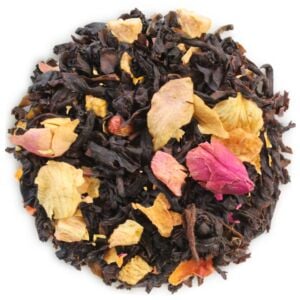
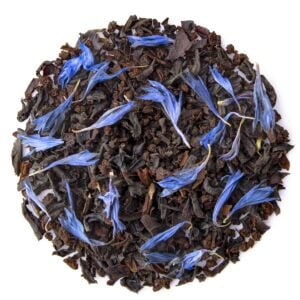
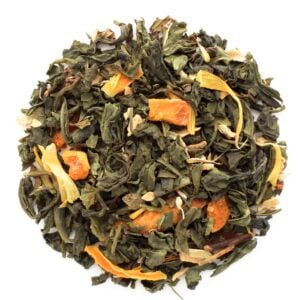
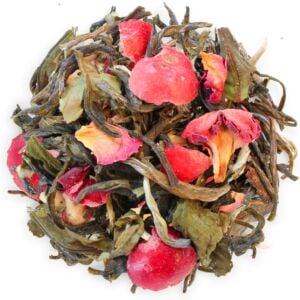
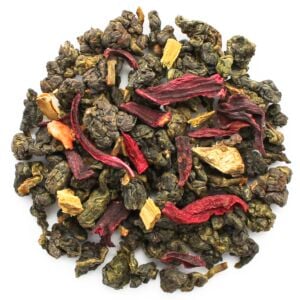

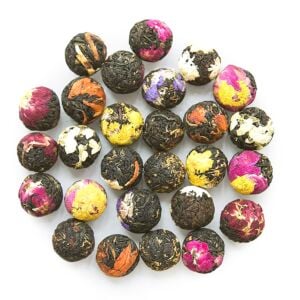


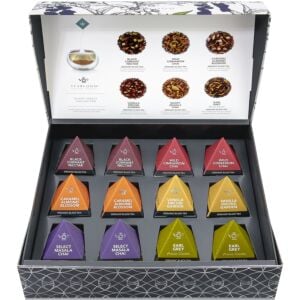
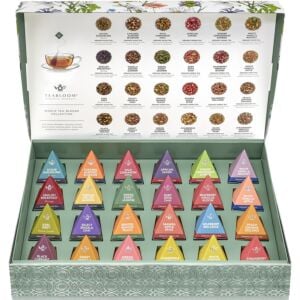

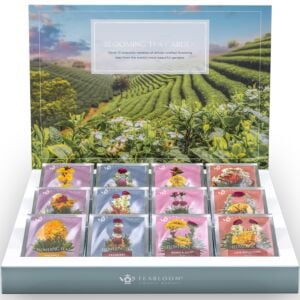
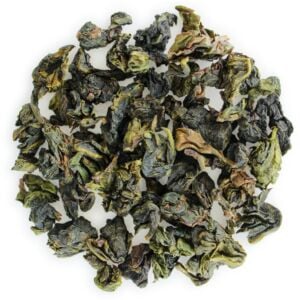
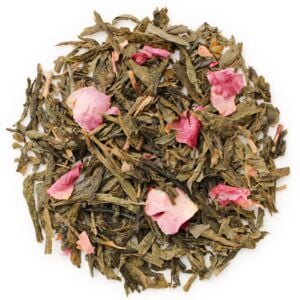
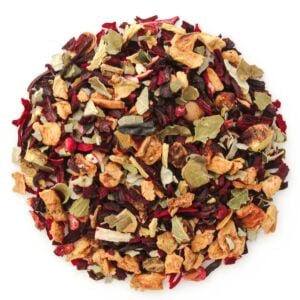
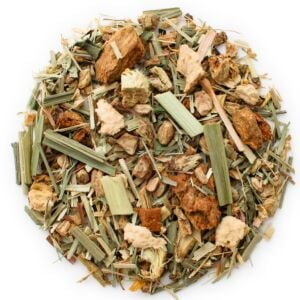
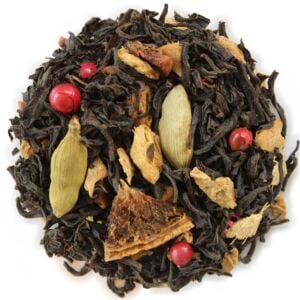
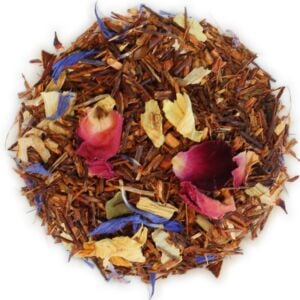
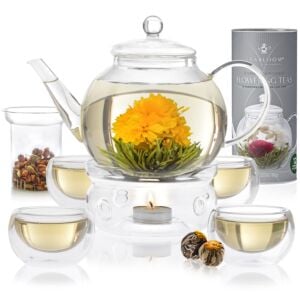
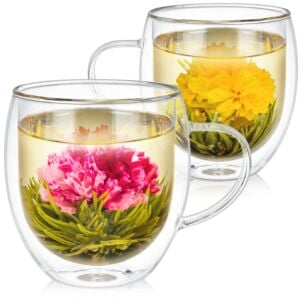
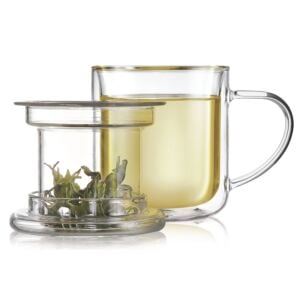
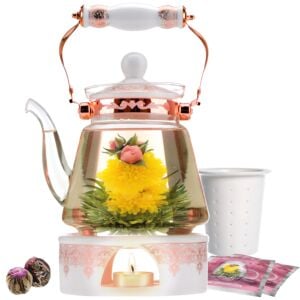
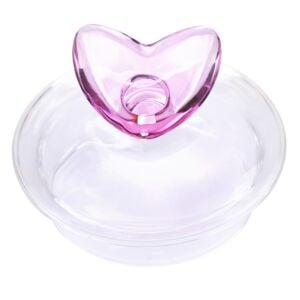
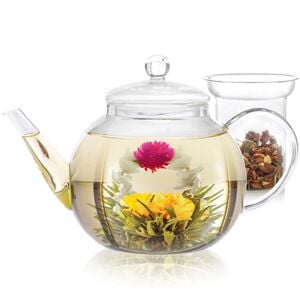
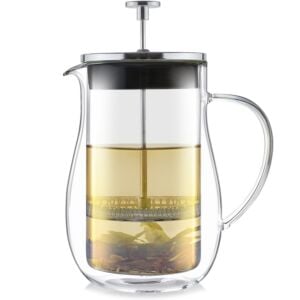
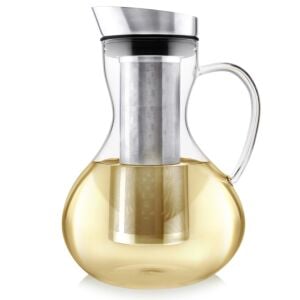
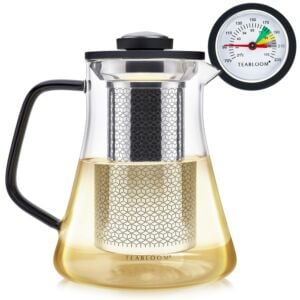
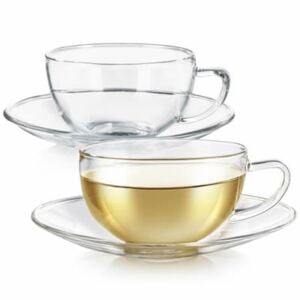
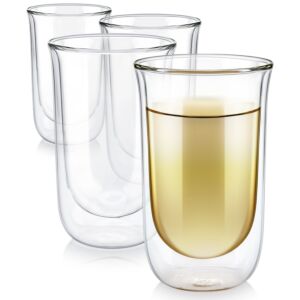
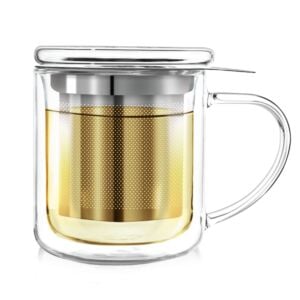
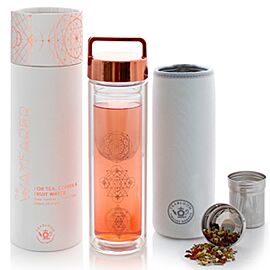

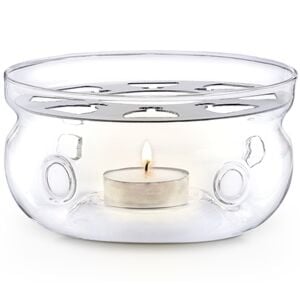
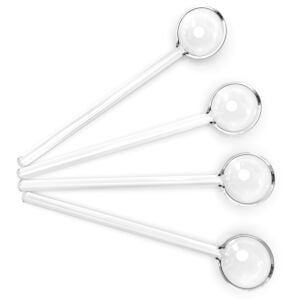
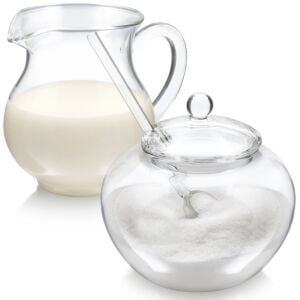
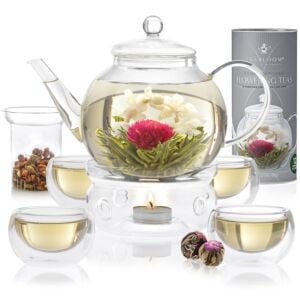
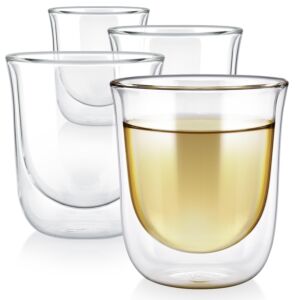
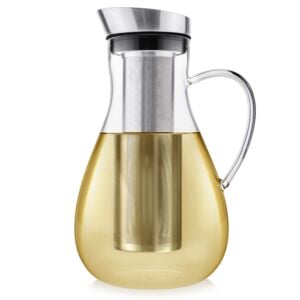
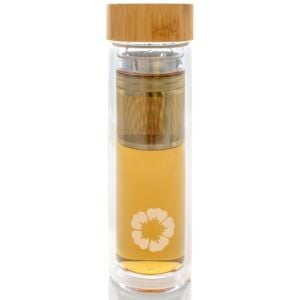
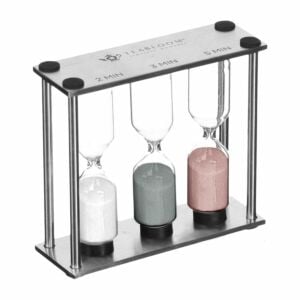
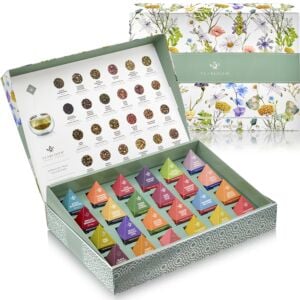
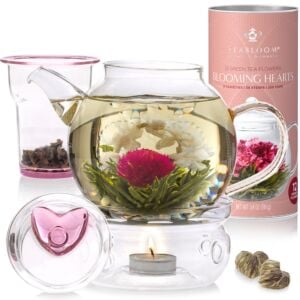
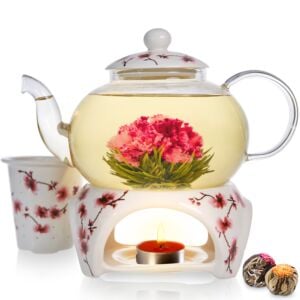
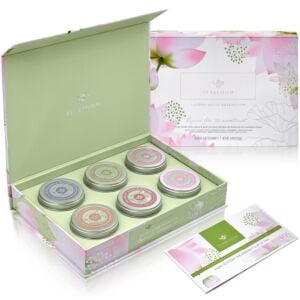
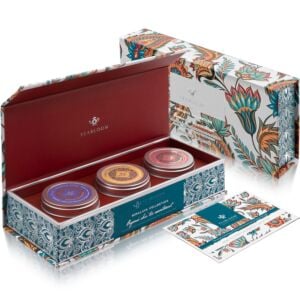
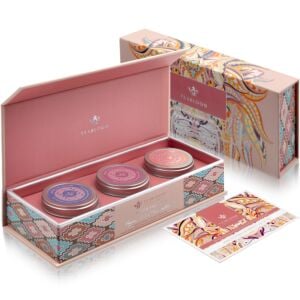



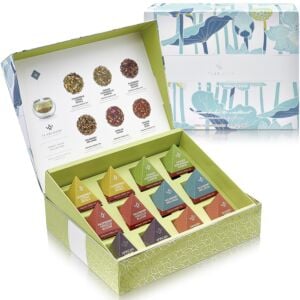
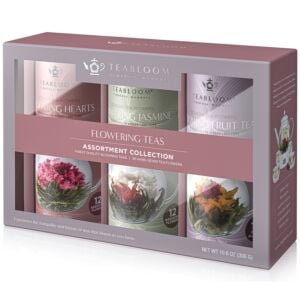

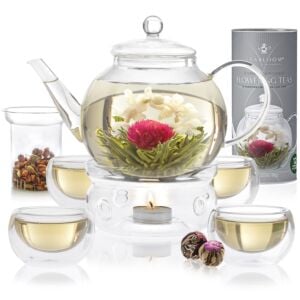

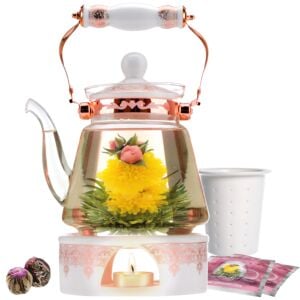
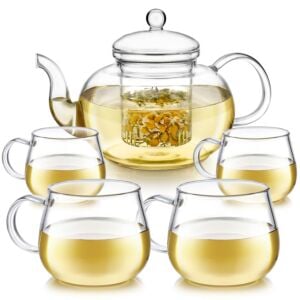
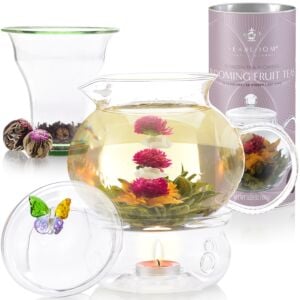
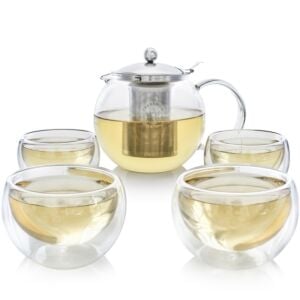
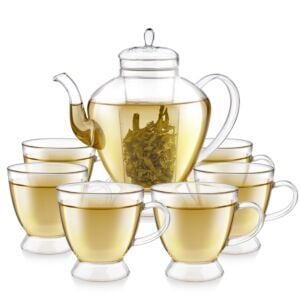
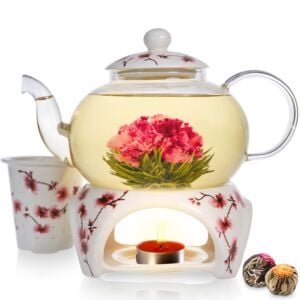
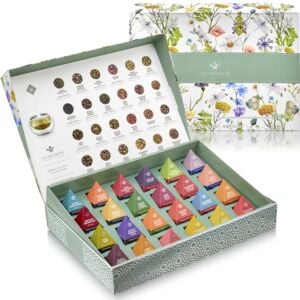
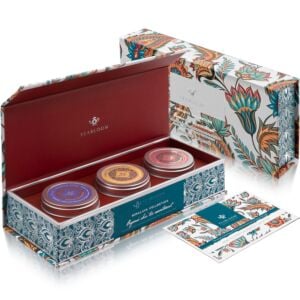
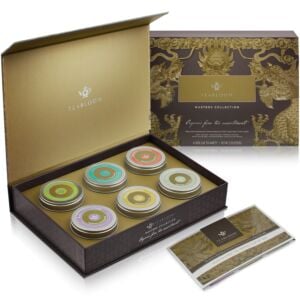
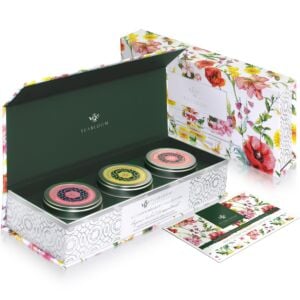
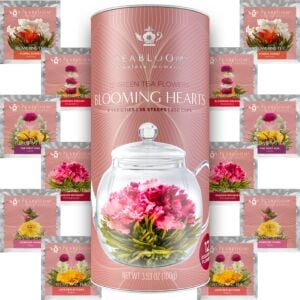
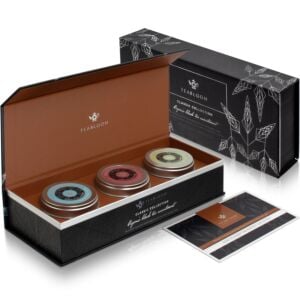
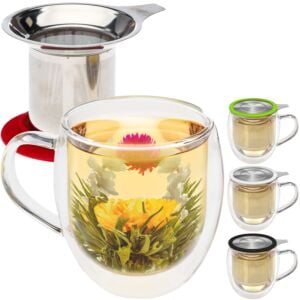

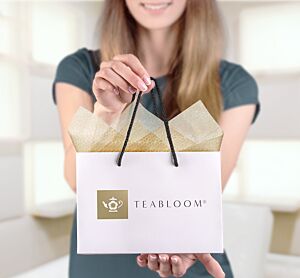
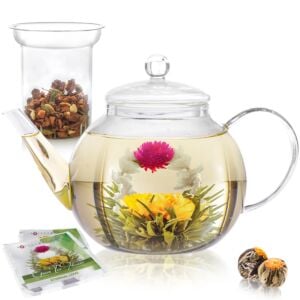
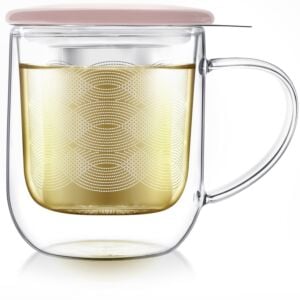

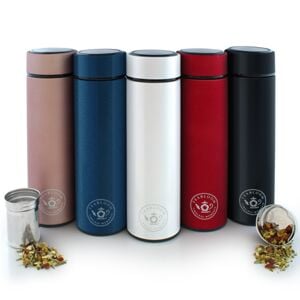
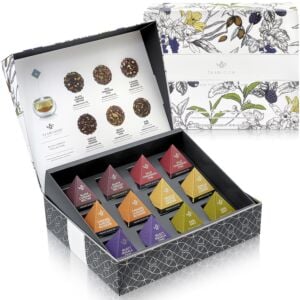
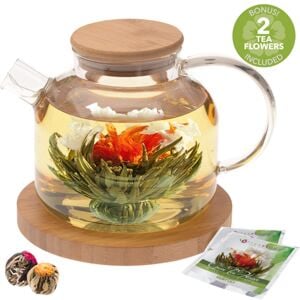
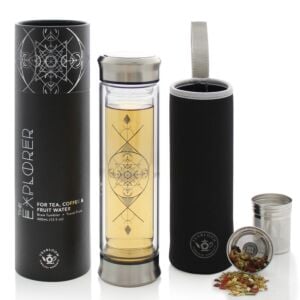
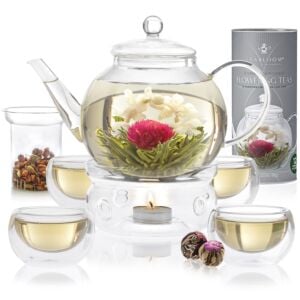
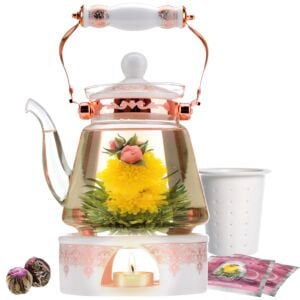
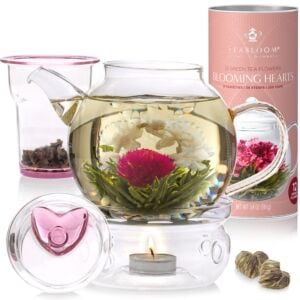
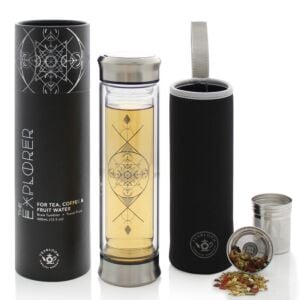
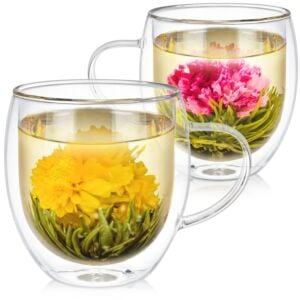
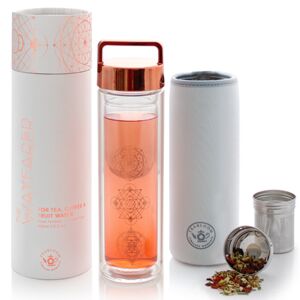
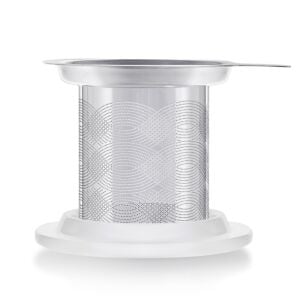
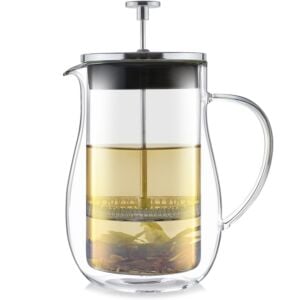
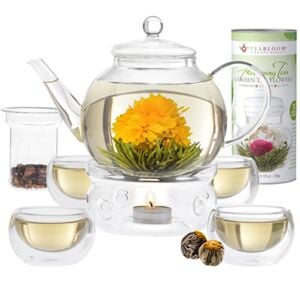
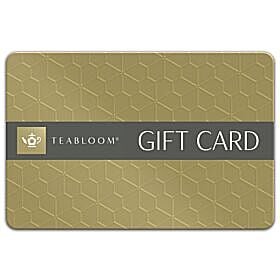
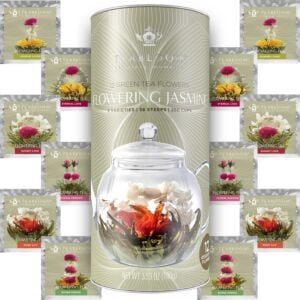

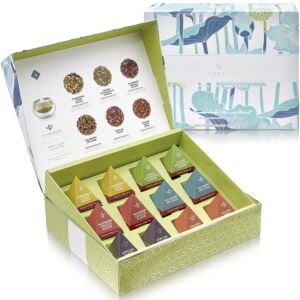
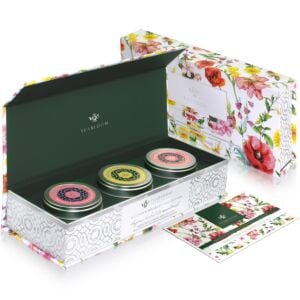
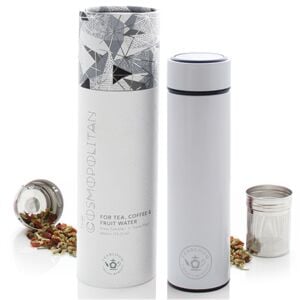

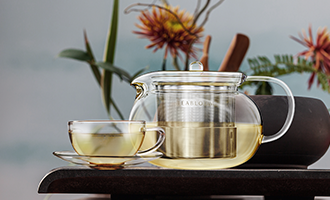
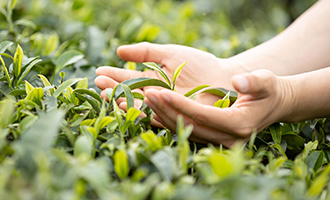
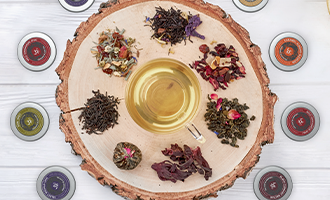

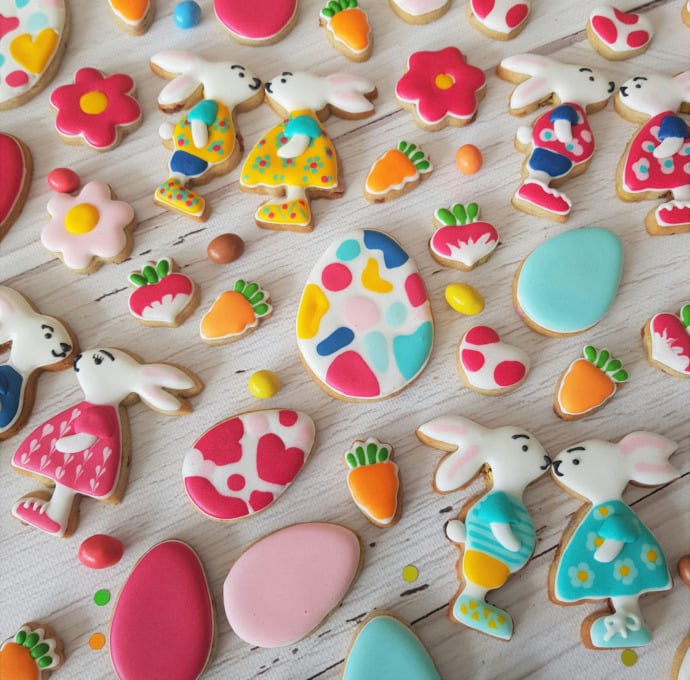
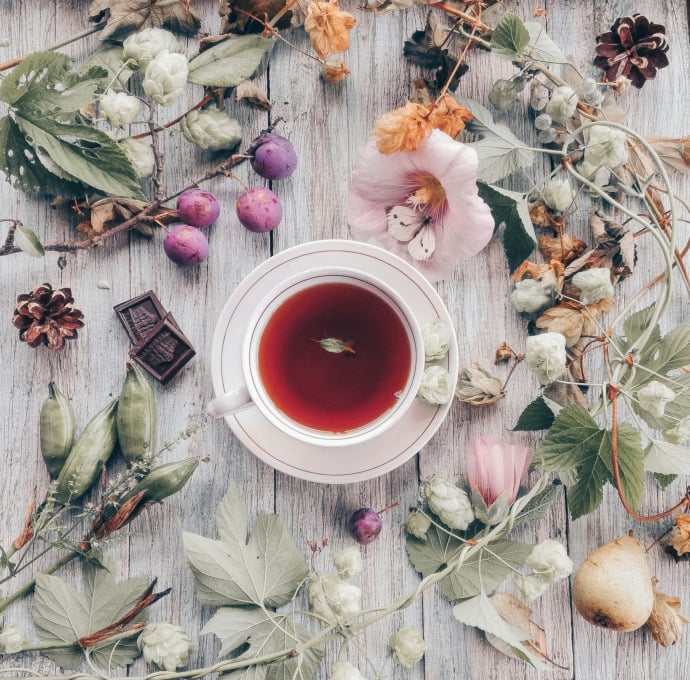
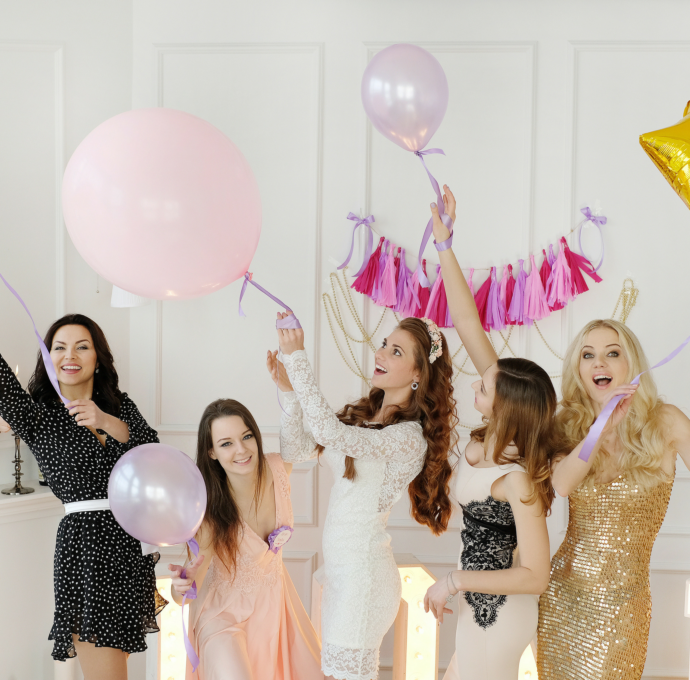
“ Pinkies Up! Originally, all porcelain teacups were made in China, starting around 620 A.D. These small cups had no handles. In order for one not to spill the hot liquid onto oneself, the proper way to hold the vessel was to place one’s thumb at the six o’clock position and one’s index and middle fingers at the twelve o’clock position, while gently raising one’s pinkie up for balance. In Europe, when the Meissen Porcelain Company, in 1710, introduced the handle to the teacup, the tradition continued. By placing one’s fingers to the front and back of the handle with one’s pinkie up again allows balance. It is not an affectation, but a graceful way to avoid spills. Never loop your fingers through the handle, nor grasp the vessel bowl with the palm of your hand.”
But more importantly there is a chemical reason, besides the protection of the cup from thermal shock (which is still a possibility with some VERY expensive china ). If you put the milk in first the hot tea and milk form an emulsion, if you add it second and stir you get a mixture and the flavour profile and texture on the palate are different. You wouldn’t add the egg to make mayonnaise would you? The host or hostess will ask how much milk to put in the cup as they pour it a little at a time, and after doing the tea will all how much sugar, whether in spoonsful or lumps, to add.
At least that is how ladies and gentlemen of the royal household have always served it in my presence. That said, while they offer milk and sugar at afternoon tea they normally drink Earl Grey in the afternoon and therefore do not themselves add milk to it, though it is available to their guests